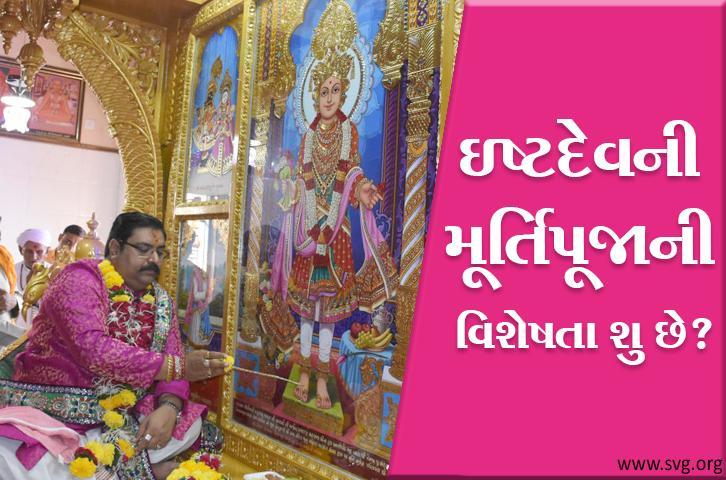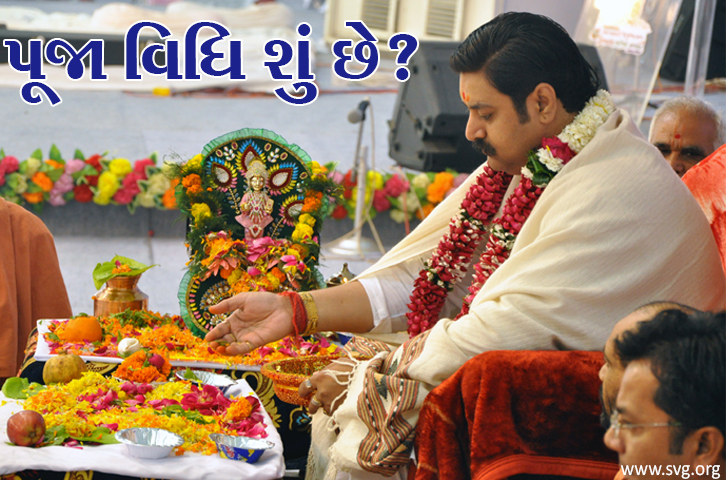Parmatmani Pooja – (પરમાત્માની પૂજા શા માટે?)
ઉપકારી એવી એક નિર્જીવ વસ્તુને કે પશુને કે સામાન્ય માનવીને પણ આદરે આપીએ છીએ, તો દરરોજ પ્રકાશ પાથરતા, ઝળહળતા સૂર્યનો […]

Ishtdev Murtipooja – (ઇષ્ટદેવની મૂર્તિપૂજાની વિશેષતા શુ છે?)
ભારતીય ભક્તિદર્શનમાં અનંત વિશ્વના સર્જનહાર સ્વામી, એકમાત્ર પરમેશ્વરને કહ્યા છે, જે સર્વોપરી છે, સર્વ કર્તાહર્તા છે, સદા દિવ્ય છે અને […]
Poojavidhi Part 2 – (પૂજા શું છે શા માટે ?)
પૂજા એટલે શ્રદ્ધા, સન્માન અને વિનયનો ભાવ પ્રગટ કરનારું કાર્ય, સમર્પણનો ભાવ પ્રગટ કરતું કાર્ય, અભાર વ્યક્ત કરતી વર્તણુંક. પૂજા […]

Poojavidhi – (પૂજાવિધિ શું છે ?)
આદર વ્યક્ત કરવો એજ પૂજા છે, તો આદર વ્યક્ત કરવાની રીતી એટલે જ પૂજાની વિધિ – પૂજાવિધિ. ભિન્ન ભિન્ન વાતાવરણમાં […]

